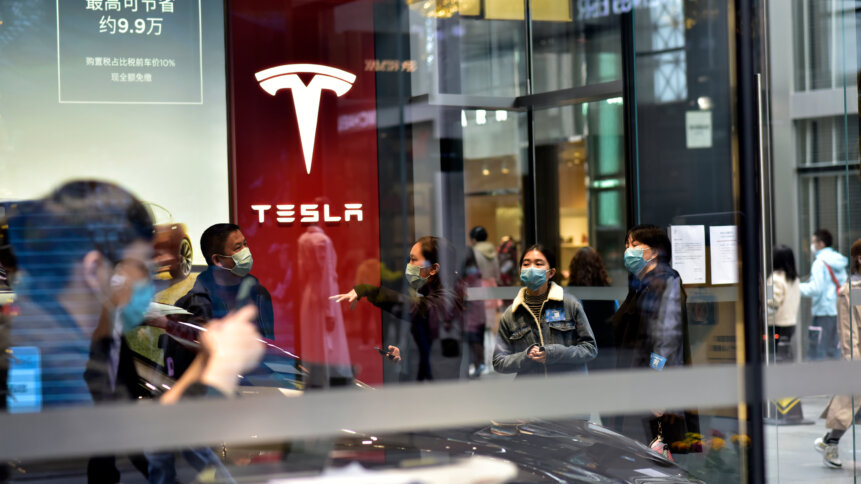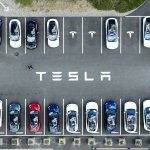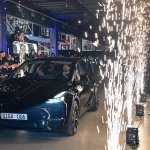Tesla builds second factory in China – in spite of frosty US-China climate

For the American electric vehicle (EV) giant, Tesla Inc, China is an extremely important market. Tesla first entered the Chinese market in 2017, signing an agreement with the Shanghai government to take the 854,885 square meters of the 05 land in Shanghai as its Gigafactory 3.
By December 2019, the US-based company delivered its first cars made in China, marking a significant milestone for the electric vehicle (EV) maker. Some four years later, Tesla’s share of the total EV market in China, including battery-electric vehicles and plug-in hybrids, is at about 10%, compared with 7% in 2022.
The EV giant’s first factory in Shanghai today makes more than half its vehicles in China, and sales in the country have even helped propel Tesla to its first full year of profitability in 2020. In short, amidst the US’ rampant effort to bring high-tech manufacturing back to the US, with an increasing number of American companies moving production out of China, Tesla is deepening its ties with the Eastern powerhouse as its car business struggles to fend off growing competition from Chinese rivals.
A second factory.
Tesla announced on Sunday that it is building its second factory in China, this time a megafactory, to produce its Megapack battery, the company, and its chief executive, Elon Musk, said on Twitter. During a signing ceremony in the Chinese city, Tesla said construction of the plant was planned for the third quarter of this year, with production scheduled to begin in the second quarter of 2024.
Musk has pledged to expand the energy storage business to be on par with the company’s carmaking operations. China, where Tesla makes about a quarter of its revenue, is expected to produce around 10,000 Megapack units a year from the upcoming megafactory — equivalent to around 40-gigawatt hours of energy storage.
As it is, China is the second-largest market for Tesla after the US, accounting for nearly a quarter of its revenue in 2022. Its car plant in Shanghai, located on the city’s outskirts, accounts for roughly half of the company’s global car deliveries.
For context, Tesla’s Megapack system provides lithium-ion battery packs to help store renewable energy for electricity grids and represents a crucial driver for its energy storage and generation business. According to Tesla, one Megapack unit can store enough energy to power an average of 3,600 homes for one hour.
Tesla also noted that products produced at its megafactory would be sold worldwide. Meanwhile, according to a filing, its existing Megapack plant in Lathrop, California, is increasing production. Musk, in a tweet, said the planned Shanghai factory would supplement the output of the Megapack plant in California.
According to Bloomberg’s report, China already had more than 1,400 gigawatt-hours of battery manufacturing capacity, with another 6,000 gigawatt-hours under construction or announced. On the other hand, the US has the second-biggest pipeline of about 1,000 gigawatt-hours of power, but the vast majority of that has yet to be built.










